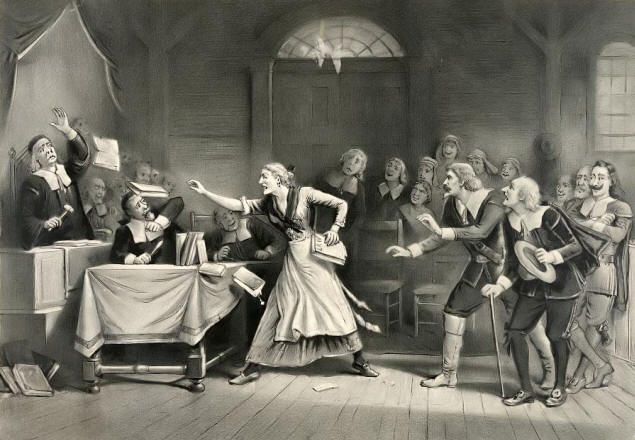http://elitedaily.com/news/world/the-importance-of-appearances-man-dresses-as-homeless-man-to-prove-nobody-would-help-him-video/592301/
http://www.ridingthetiger.org/2013/03/19/the-importance-of-appearance/
http://www.byui.edu/Documents/Admin_Offices/Advising/PowerOfPersonalAppearance.pdf
http://www.nytimes.com/2012/04/22/opinion/sunday/a-facial-theory-of-politics.html?module=Search&mabReward=relbias%3Aw
http://cityroom.blogs.nytimes.com/2010/06/08/appearances-mean-nothing-or-everything/?module=Search&mabReward=relbias%3Aw
http://www.nytimes.com/2009/04/26/fashion/26looks.html?pagewanted=all&module=Search&mabReward=relbias%3Aw
Office Culture:
http://www.nytimes.com/2014/06/01/opinion/sunday/why-you-hate-work.html?smid=fb-nytimes&WT.z_sma=OP_WYH_20140602&bicmp=AD&bicmlukp=WT.mc_id&bicmst=1388552400000&bicmet=1420088400000&_r=3
http://www.forbes.com/sites/vickvaishnavi/2013/03/28/five-must-follow-rules-for-a-successful-office-culture/
http://www.huffingtonpost.com/tag/office-culture/
http://www.immihelp.com/newcomer/work-culture-office-environment-usa.html
https://www.themuse.com/advice/rally-the-team-how-to-create-a-cool-office-culture
Culture:
These links discuss cultural differences and also provides a number of links if you go to the bottom of the page. Use the information they provide as outside sources if you are writing your essay about this subject:http://blue.butler.edu/~jfmcgrat/culture.htm
http://www.worldwide.edu/travel_planner/culture_shock.html
http://www.ccsenet.org/journal/index.php/ijps/article/view/4510
Here is one on the effects of culture shock:http://scholar.google.com/scholar?q=effects+culture+shock&hl=en&as_sdt=0&as_vis=1&oi=scholart&sa=X&ei=tIk6T-mJBaLn0QHXj5GXCw&ved=0CBoQgQMwAA
Links for "The Handsomest Drowned Man In the World":
http://www.worldwide.edu/travel_planner/culture_shock.html
http://www.ccsenet.org/journal/index.php/ijps/article/view/4510
Here is one on the effects of culture shock:http://scholar.google.com/scholar?q=effects+culture+shock&hl=en&as_sdt=0&as_vis=1&oi=scholart&sa=X&ei=tIk6T-mJBaLn0QHXj5GXCw&ved=0CBoQgQMwAA
Links for "The Handsomest Drowned Man In the World":
This week we will look at “The Handsomest Drowned Man in the World”, “The Temp” and Edward Scissorhands in class. All three of these stories contain individuals that become part of a community in some way and have profound effects of the people. In “The Handsomest Drowned Man in the World” it is a corpse that washes ashore that gives the townspeople a new way of looking at their lives, in “The Temp” it is a temp hired in an office that changes the atmosphere of the wor enviroment and in Edward Scissorhands it is a unique young man that forces a rather boring town to see how boring and judgmental they really are. This week pay attention to what these “magical strangers” force the people in the stories to look at it in their lives.



